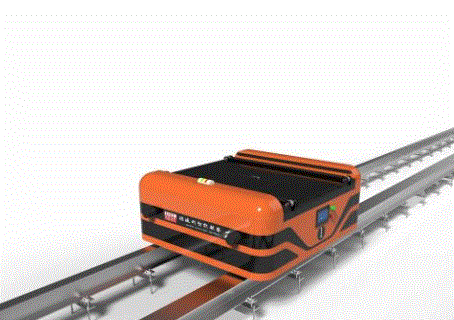What is a RGV?
RGV is the abbreviation of Rail Guided Vehicle (Rail Guided Vehicle), also called rail shuttle trolley. RGV trolley can be used in warehouses with various high-density storage methods. The trolley channel can be designed to be any length, which can increase the storage capacity of the entire warehouse. And there is no need for a forklift to drive into the roadway during operation, making it safer.

Basic functionSingle-goods position storage, multiple-goods position continuous storage, single-goods position storage picking, multiple-goods position storage continuous picking, designated number picking, AB side conversion, backing, battery alarm. Control mode Divided into manual and automatic modes Manual mode: The manual mode is to control the car forward or backward, or to raise and lower by electric power. Rely on pressing and holding the remote control button to realize every action of the car. Automatic mode: Automatically, the trolley automatically completes a complete action by pressing the entrance warehousing or exit warehousing button. Its working model is divided into two modes: first in first out and last in first out. The control principle is as follows: As shown in the figure below, it is equivalent to the coding of the positioning hole. The deceleration position of the A end is coded as 10 (the positioning photoelectric switch is turned on), and the deceleration position of the B end is coded as 01, and the stop positions at both ends are coded as 00. The stop action is always after the deceleration action, so you can identify whether it is a forward stop hole or a backward deceleration hole by judging the direction of the deceleration hole: that is, when the B-side deceleration hole 01 is detected, if 00 is detected, the forward stop will be executed. Carrying capacity, driving speed and power life Carrying capacity: the mainstream RGV trolley in the market has a carrying capacity of about 1.5T, which is generally used in many beam racks, drive-in racks, and automated three-dimensional warehouses. Driving speed: From the situation of most manufacturers' RGV cars: Load speed: 0.5-0.9m/s No-load driving speed: 1.0-1.2m/s Acceleration: 0.3-0.5m/s^2 Power life: The power life of mainstream cars is generally more than 8 hours on a single charge, and the charging time is generally about 8 hours, which can be completed at night without affecting the working time of the car.  |